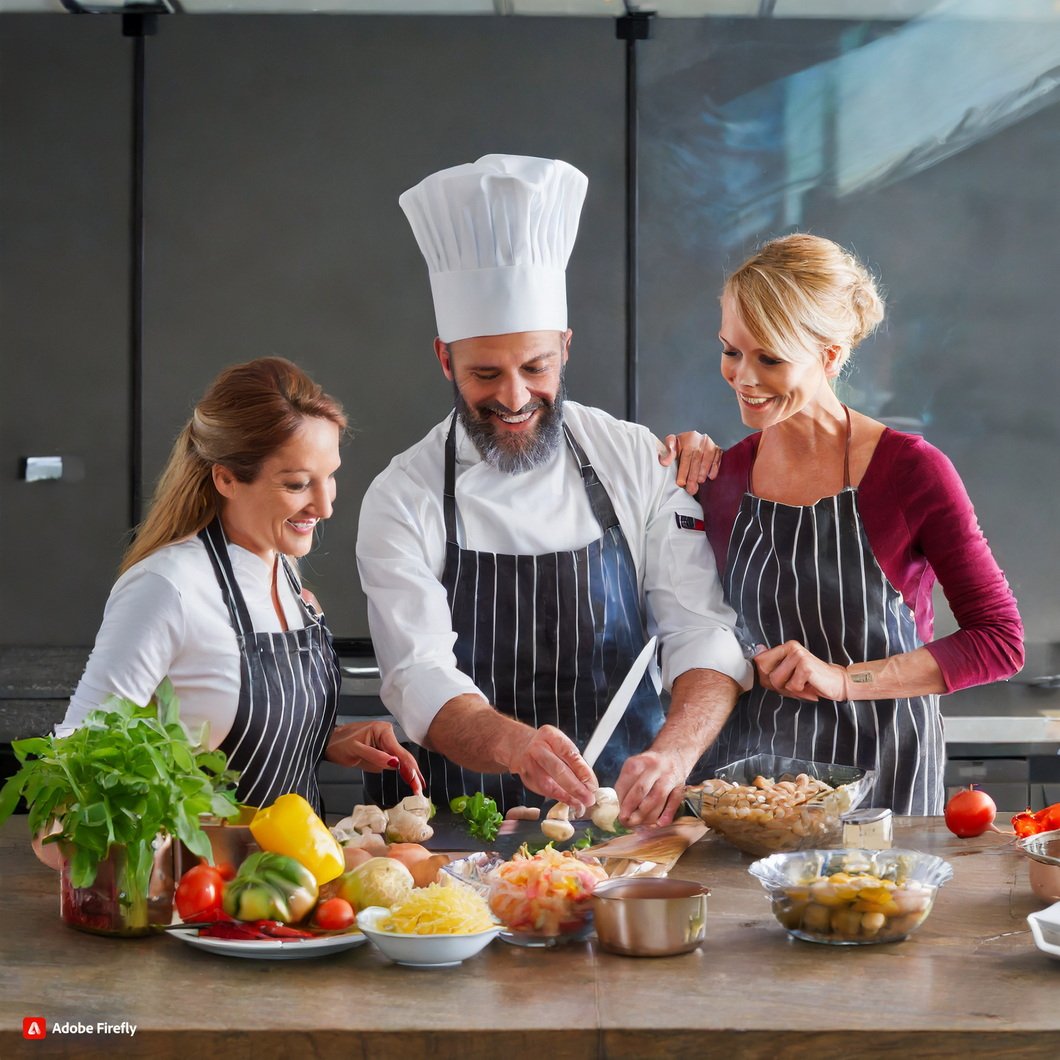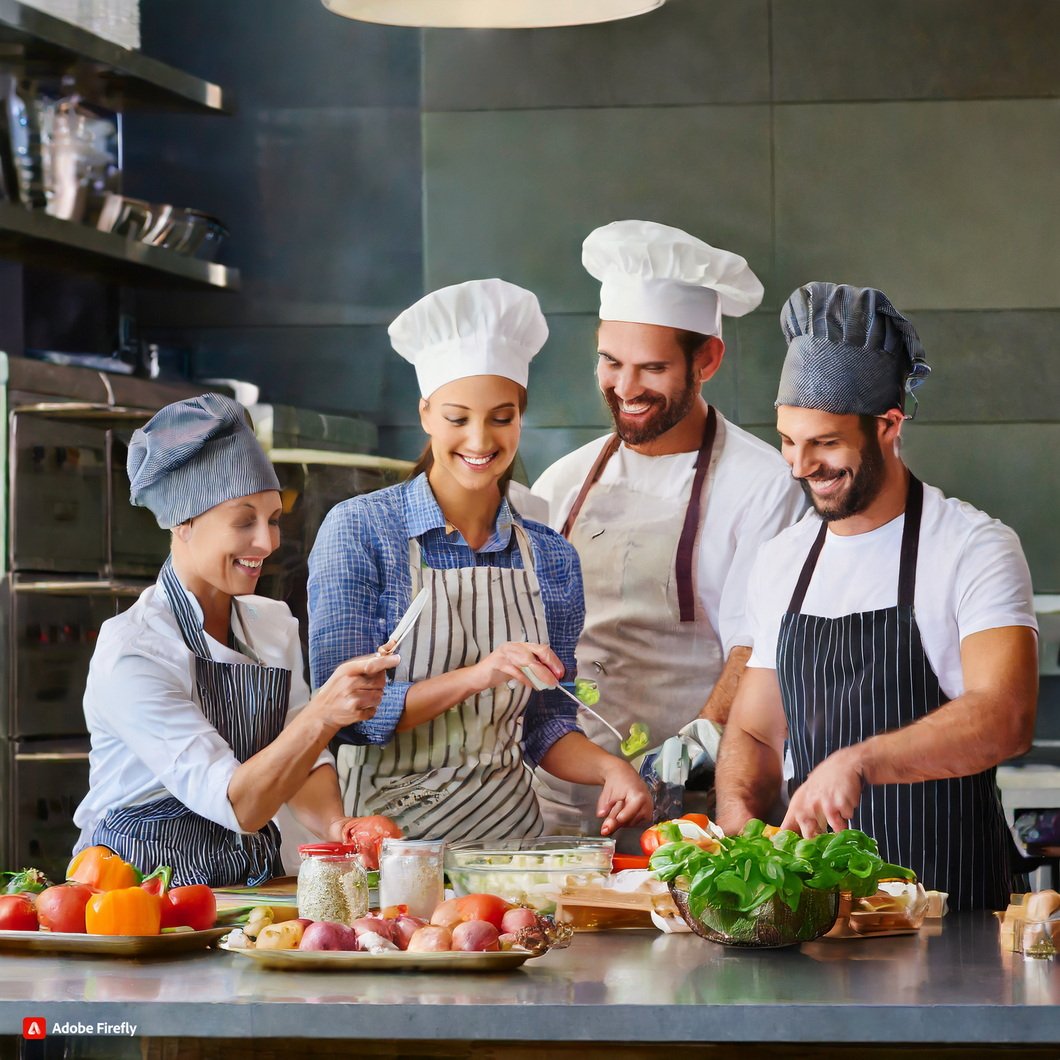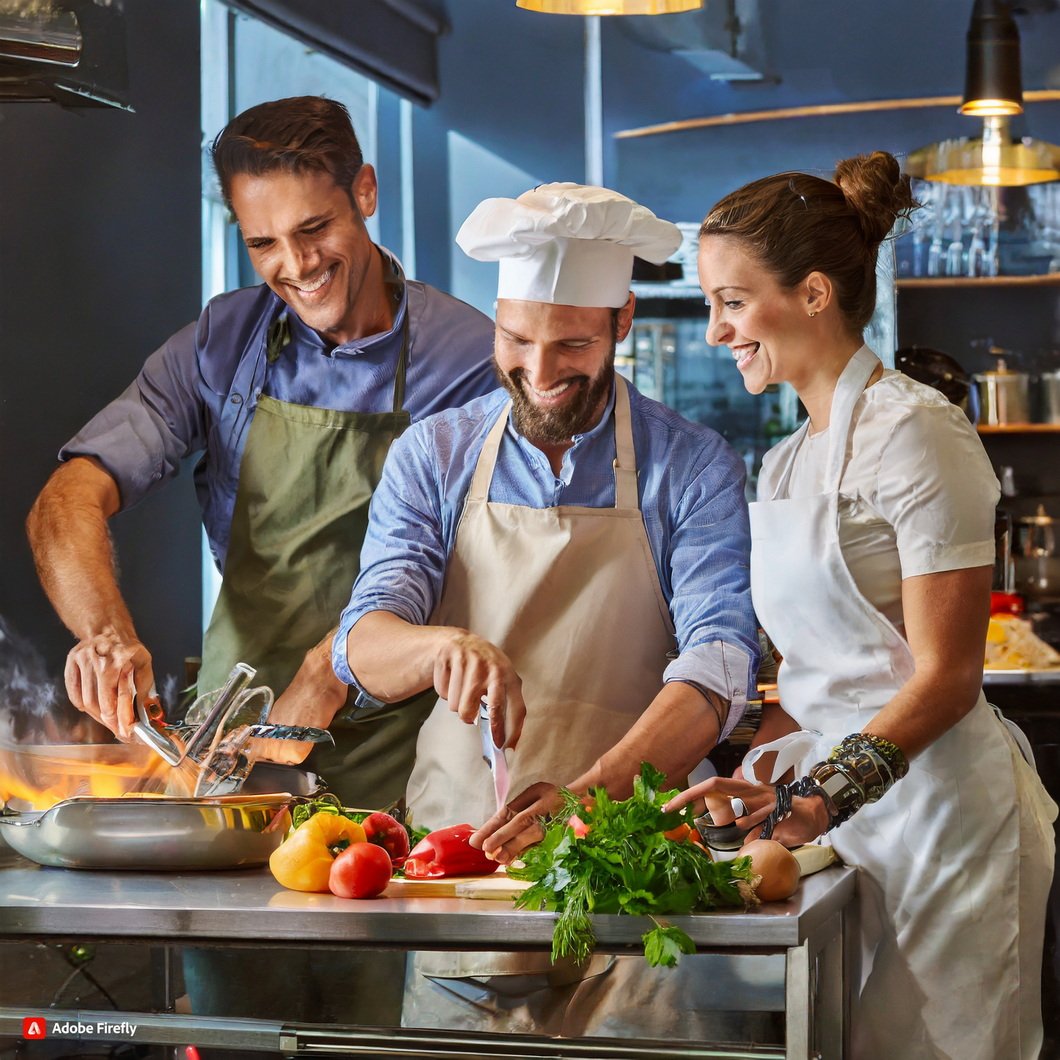Introduction
From Rations to Creations: Culinary innovations of Wartime Eras is a fascinating exploration of how food and cooking have evolved during times of war. Throughout history, war has often led to food shortages and rationing, forcing people to be creative with the limited ingredients available.

This has resulted in the development of unique and innovative dishes that have become a part of our culinary traditions. From the trenches of World War I to the home front during World War II, this book delves into the stories and recipes behind these wartime creations. It offers a unique perspective on the impact of war on food and how it has shaped our culinary landscape.
Revolutionizing Rations: How Wartime Necessity Led to Culinary Innovations
When we think of war, we often think of the devastating effects it has on people and their communities. However, amidst the chaos and destruction, there have been moments of innovation and creativity, especially in the culinary world. Throughout history, wartime eras have forced people to adapt and make the most out of limited resources, leading to the creation of new and unique dishes. From rations to creations, let’s take a look at how war has revolutionized the way we think about food.

During World War I, food shortages were a major concern for soldiers and civilians alike. With limited supplies and resources, people had to get creative with their meals. One of the most iconic dishes to come out of this era was “trench stew,” also known as “chipped beef on toast.” This dish consisted of dried beef, flour, and milk, all cooked together to create a thick and hearty stew. It was a staple for soldiers in the trenches, as it was easy to make and provided much-needed sustenance.
As World War II broke out, food shortages once again became a pressing issue. Rationing was implemented in many countries, limiting the amount of food that could be purchased and consumed. This led to the creation of “mock” dishes, where ingredients were substituted for more readily available ones. For example, “mock apple pie” was made using crackers instead of apples, and “mock chicken” was made using spam or other canned meats. These dishes may not have been as delicious as the real thing, but they provided a sense of comfort and familiarity during a time of great uncertainty.
The Korean War also saw its fair share of Culinary innovations. With limited access to fresh ingredients, soldiers had to rely on canned and dehydrated foods. This led to the creation of “SOS,” or “shit on a shingle,” a dish made with chipped beef, canned milk, and bread. It may not sound appetizing, but it was a filling and easy meal for soldiers on the front lines. Another popular dish was “Korean BBQ,” which was made using canned meat and a homemade sauce. This dish has since evolved into the popular Korean BBQ we know and love today.
Moving on to more recent times, the Gulf War in the 1990s saw the rise of “MREs” or “meals ready to eat.” These pre-packaged meals were designed to provide soldiers with all the necessary nutrients and calories in a compact and easy-to-carry package. While they may not have been the most appetizing meals, they were a vast improvement from the rations of previous wars. MREs also sparked a trend of “field cooking,” where soldiers would use the MREs as a base and add their own ingredients to create more flavorful and satisfying meals.
In more recent conflicts, such as the wars in Iraq and Afghanistan, soldiers have had access to more diverse and fresh ingredients. This has led to the creation of “combat cuisine,” where soldiers use their culinary skills to create gourmet meals in the field. With access to grills, stoves, and even microwaves, soldiers have been able to create dishes like “Iraqi-style chicken and rice” and “Afghan-style lamb kabobs.” These meals not only provide nourishment but also serve as a way for soldiers to bond and find moments of joy amidst the chaos of war.
In conclusion, while war may bring about destruction and hardship, it has also led to Culinary innovations that have shaped our food culture today. From the humble “trench stew” to the gourmet “combat cuisine,” wartime eras have forced people to think outside the box and make the most out of limited resources. These dishes may have originated out of necessity, but they have become a part of our culinary history and continue to be enjoyed by many. So the next time you sit down to enjoy a meal, remember the creativity and resilience that went into creating it, even in the most challenging of times.
From Scarcity to Savory: The Evolution of Wartime Cuisine
When we think of wartime, we often imagine scenes of destruction, chaos, and scarcity. However, amidst the turmoil and struggles, there have been moments of innovation and creativity, especially in the culinary world. From rations to creations, the evolution of wartime cuisine is a fascinating journey that reflects the resilience and adaptability of humanity.

During times of war, food scarcity is a common issue. With resources being diverted to support the war effort, civilians often faced food shortages and rationing. This meant that people had to make do with limited ingredients and get creative with their meals. One of the most iconic examples of this is the rationing during World War II.
In the United Kingdom, rationing was introduced in 1940 and lasted until 1954. This meant that people were given a limited amount of food per week, and they had to make it last. This led to the rise of dishes like “Woolton Pie,” a vegetable pie named after the Minister of Food, Lord Woolton. It was made with whatever vegetables were available, such as potatoes, carrots, and turnips, and topped with a pastry crust. Other popular dishes included “mock goose,” made with minced meat and breadcrumbs, and “carrot fudge,” a sweet treat made with carrots, sugar, and condensed milk.
In the United States, rationing was also implemented during World War II, but it was not as strict as in the UK. However, people still had to get creative with their meals. One of the most famous dishes to come out of this era was “victory cake.” This cake was made without eggs, milk, or butter, which were all rationed items. Instead, it used ingredients like vinegar, baking soda, and vegetable oil. Despite the unconventional ingredients, victory cake became a popular dessert during the war and is still enjoyed today.
Aside from rationing, another factor that influenced the evolution of wartime cuisine was the need for convenience. With many women joining the workforce to support the war effort, there was a demand for quick and easy meals. This led to the rise of canned and processed foods, which were not only convenient but also had a longer shelf life. Some of the most iconic canned foods from this era include Spam, condensed milk, and canned soups.
However, not all wartime cuisine was born out of necessity. Some dishes were created to boost morale and provide a sense of comfort during difficult times. For example, “chocolate cake in a mug” was a popular recipe among soldiers during World War II. It was a simple and quick dessert that could be made with basic ingredients and a mug. This allowed soldiers to enjoy a taste of home even in the midst of war.
As the years went by and wars continued to shape the world, the evolution of wartime cuisine continued. In the 1960s, the Vietnam War brought about the rise of “C-rations,” which were pre-packaged meals for soldiers in the field. These meals were often criticized for their lack of flavor and variety, leading soldiers to get creative with their rations. This led to the creation of dishes like “ham and lima bean casserole” and “tuna noodle surprise.”
Today, with advancements in technology and transportation, wartime cuisine has evolved even further. Soldiers now have access to a wider variety of meals, including MREs (Meals Ready-to-Eat) and Hooah! Bars, which are specifically designed to provide the necessary nutrients and energy for soldiers in combat.
In conclusion, the evolution of wartime cuisine is a testament to the resilience and adaptability of humanity. From making do with limited ingredients to creating new dishes out of necessity, wartime cuisine reflects the ingenuity and creativity of people during times of struggle. So the next time you enjoy a can of Spam or a slice of victory cake, remember the journey that these dishes have taken to become a part of our culinary history.
Q&A – Culinary Innovations
Q: What is the book “From Rations to Creations” about?
A: “From Rations to Creations” is a book that explores the Culinary innovations and adaptations that occurred during various wartime eras, from World War I to the present day. It discusses how food shortages and rationing led to creative and resourceful cooking methods, as well as how these changes impacted food culture and traditions.
Conclusion for Culinary Innovations

In conclusion, the Culinary innovations of wartime eras have played a significant role in shaping the way we eat and cook today. From the development of canned foods during World War I to the creation of new recipes and techniques during World War II, these innovations have not only provided sustenance for soldiers and civilians during times of conflict, but also sparked creativity and ingenuity in the kitchen.
These innovations have also had a lasting impact on our food culture, with many wartime recipes and ingredients still being used and celebrated today. Overall, the Culinary innovations of wartime eras have shown that even in the most challenging of times, food can be a source of comfort, creativity, and resilience.
Please follow us on linkedin. You can learn all best canadian food recipes you can check our Culinary 1TouchFood Youtube and Telegram 1TouchFood page. Don’t forget Fighting Obesity Magazine and Radio Cooking.

